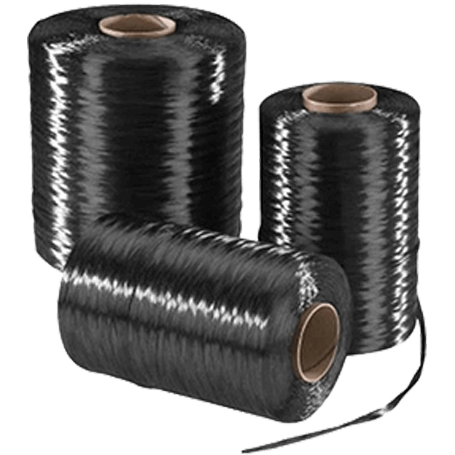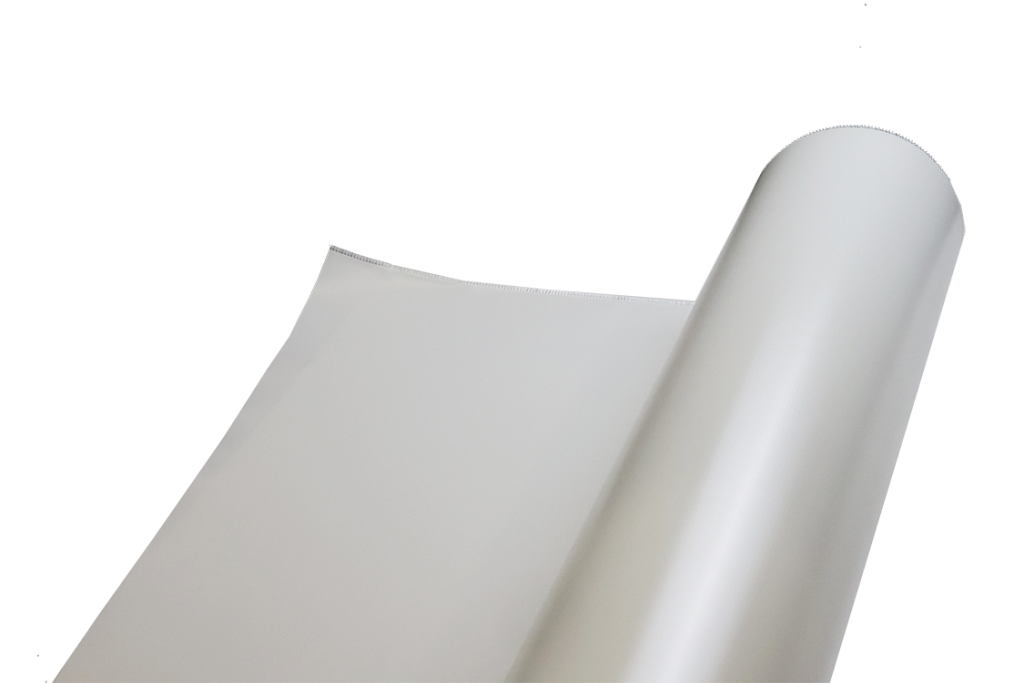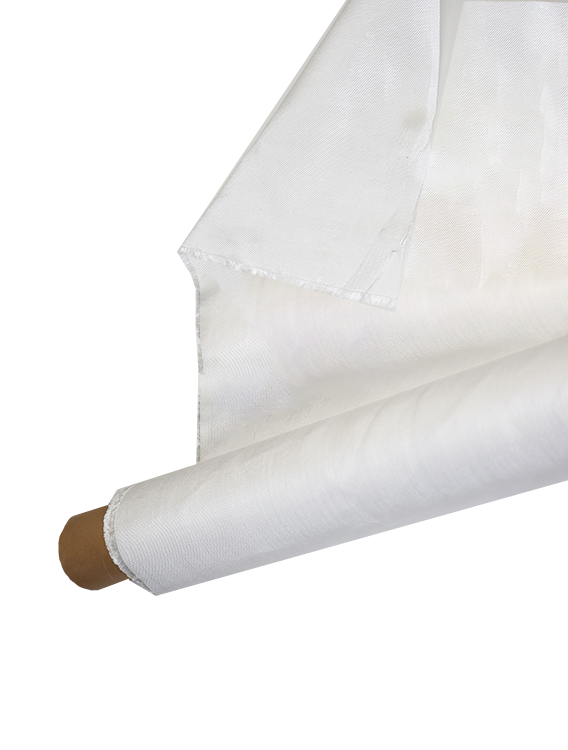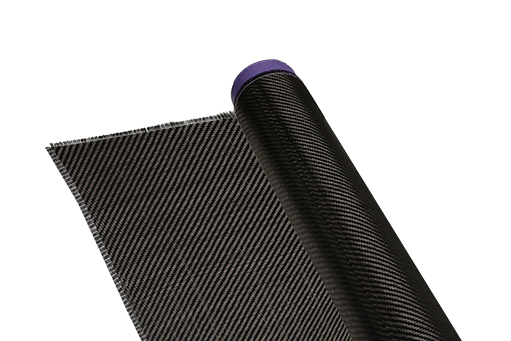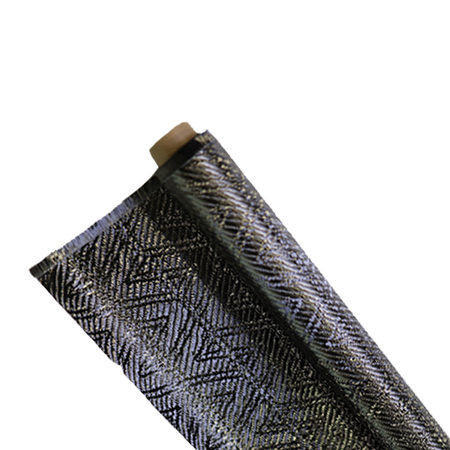Factors Affecting the Quality of Carbon Fiber Cloth
-
 Your Composites Expert Carbon Fiber Materials&Products
Your Composites Expert Carbon Fiber Materials&Products -
-1.png?width=686&height=617) Your Composites Expert Aramid Fiber Materials&Products
Your Composites Expert Aramid Fiber Materials&Products -
 Your Composites Expert UHMWPE Materials&Products
Your Composites Expert UHMWPE Materials&Products -
 Your Composites Expert Fiberglass Materials&Products
Your Composites Expert Fiberglass Materials&Products -
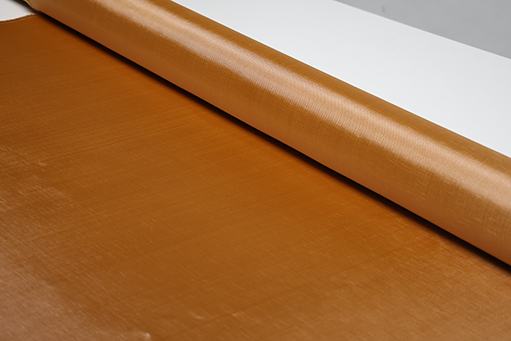 Your Composites ExpertPBO Materials&Products
Your Composites ExpertPBO Materials&Products -
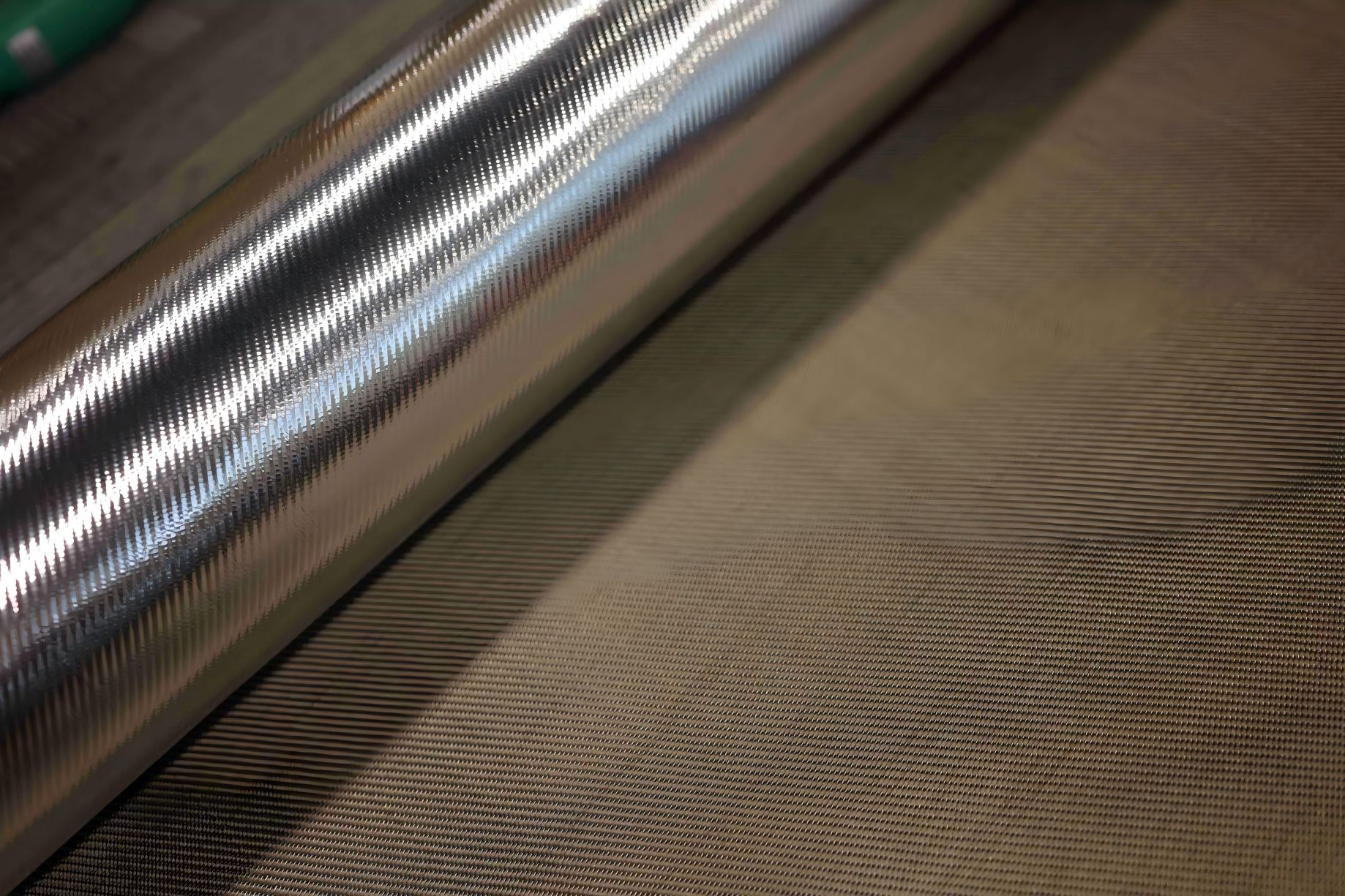 Your Composites Expert Basalt Materials&Products
Your Composites Expert Basalt Materials&Products
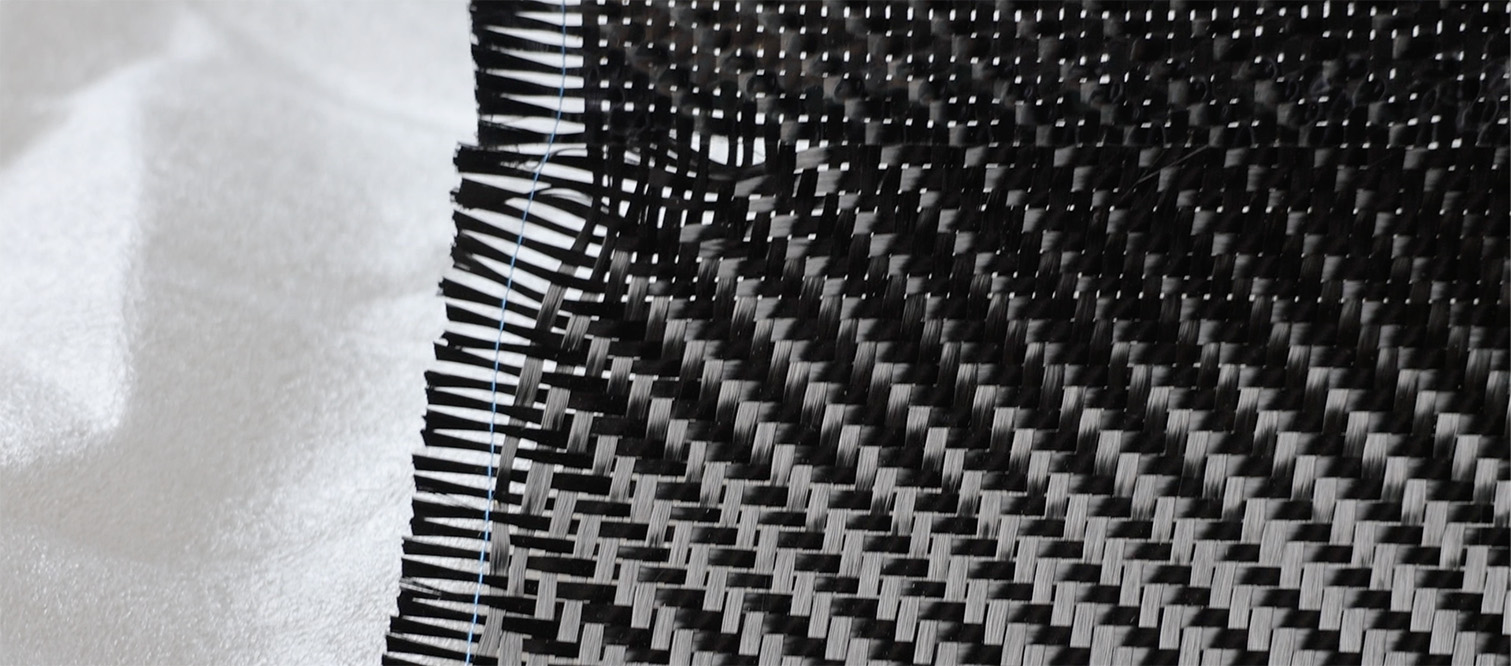
Welcome to our article on the factors influencing the quality of carbon fiber cloth. Carbon fiber cloth is rapidly gaining popularity as a top-tier material that offers superior strength, durability, and lightweight properties. However, not all carbon fiber cloths are created equal, and several factors impact the material's quality and performance.
Whether you're purchasing carbon fiber cloth for the aerospace industry, automotive sector, or sporting goods applications, understanding the key quality influencers is crucial to ensure optimal performance and results.
Key Takeaways
- Carbon fiber cloth quality is influenced by several factors.
- Understanding weave types, resin systems, manufacturing processes, and testing methods can help you make informed decisions.
- Factors like strength, weight, surface finish, cost, and application-specific considerations are also crucial to consider.
- Top-tier carbon materials can offer superior performance in various applications.
- Stay informed about the latest developments and innovations in carbon fiber cloth for the best results.
Weave Types in Carbon Fiber Cloth
Carbon fiber cloth is versatile and can be made in a variety of weave patterns, each with unique characteristics that affect its strength, flexibility, and appearance. The weave pattern refers to the arrangement of the carbon fibers in the cloth.
Plain Weave
Plain weave is the most common weave pattern in carbon fiber production. It is simple, with each weft and warp fiber passing over and under a single opposing fiber. The result is a balanced weave that is lightweight and has an attractive appearance. Plain weave carbon fiber cloth is ideal for use in applications that require strength and rigidity, such as in the construction of race car bodies and aircraft parts.
Twill Weave
Twill weave carbon fiber cloth has a distinctive diagonal pattern created by weaving weft fibers over and under multiple warp fibers. This creates a weave that is strong yet flexible, allowing it to conform to curved surfaces. Twill weave carbon fiber cloth is popular in the automotive industry for parts such as hoods and spoilers, as well as in sporting goods such as tennis rackets and golf clubs.
Satin Weave
Satin weave carbon fiber cloth has a glossy appearance and is composed of a series of floats or "skipped" intersections. This creates a weave that is pliable and highly drapeable, making it ideal for use in applications that require a smooth, shiny finish, such as luxury car interiors and high-end fashion accessories.
| Weave Type | Characteristics | Applications |
|---|---|---|
| Plain Weave | Lightweight, balanced, strong, rigid | Race car bodies, aircraft parts, sporting goods |
| Twill Weave | Strong, flexible, conforms to curved surfaces | Hoods, spoilers, tennis rackets, golf clubs |
| Satin Weave | Glossy, pliable, drapeable | Luxury car interiors, fashion accessories |
Understanding the different weave types available for carbon fiber cloth is essential to selecting the right material for your specific application. Whether you need a strong and rigid material or a flexible and drapeable one, there is a weave pattern that can meet your needs.
Resin Systems and Carbon Fiber Cloth Quality
The choice of resin system is critical when it comes to the overall quality and performance of carbon fiber cloth. Resin systems act as a bonding agent and fill the gaps between the fibers in the cloth, providing durability, strength, and flexibility to the material. There are several resin options available, with the most common ones being epoxy resin, vinyl ester resin, and thermoplastic resin.
Epoxy resin is a popular choice due to its high strength, excellent adhesion, and resistance to water and chemicals. It is used extensively in aerospace, automotive, and sporting goods applications. However, it can be brittle and prone to cracking under stress, making it unsuitable for high-impact applications.
Vinyl ester resin is a relatively newer option that combines the durability of polyester resin with the toughness of epoxy resin. It offers excellent fatigue resistance, impact resistance, and chemical resistance. It is suitable for marine, automotive, and construction applications.
| Resin Type | Strength | Flexibility | Compatibility |
|---|---|---|---|
| Epoxy Resin | High | Low | Aerospace, Automotive, Sporting Goods |
| Vinyl Ester Resin | Medium | Medium | Marine, Automotive, Construction |
| Thermoplastic Resin | Low | High | Automotive, Sporting Goods, Aerospace |
Thermoplastic resin offers high flexibility and impact resistance, making it an ideal choice for areas prone to deformation or high stress. It can be re-molded and recycled, making it an environment-friendly option. It is commonly used in sporting goods, automotive, and aerospace applications.
The chosen resin system can impact the performance and functionality of carbon fiber cloth, making it important to select the right option for your specific application. Manufacturers often offer custom formulations to meet specific needs, and it is crucial to consult with an expert to make sure you are selecting the best resin system for your project.
Manufacturing Processes for Carbon Fiber Cloth
The process of manufacturing carbon fiber cloth has a significant impact on its final quality, consistency, and properties. We will explore some of the most common carbon fiber manufacturing processes, including:
Pre-preg
The pre-preg process involves impregnating carbon fiber with resin before being cured in an oven. This method produces consistent, high-quality carbon fiber materials with excellent strength and durability. Pre-preg carbon fiber is commonly used in high-performance applications, including aerospace and motorsports.
Wet Layup
The wet layup method involves manually applying pre-impregnated carbon fiber layers to a mold that is then cured in an oven. This technique is flexible and cost-effective but may result in variations in quality and durability, depending on the skill of the technician.
Filament Winding
Filament winding involves wrapping carbon fibers around a mandrel or mold to create a composite cylinder or other shapes. The winding angle and tension can be adjusted for different applications, and the process can produce high-quality carbon fiber materials with excellent strength and durability.
Choosing the right manufacturing process is essential to ensure high-quality, consistent carbon fiber cloth. Factors such as speed, cost, volume, quality, and precision must all be considered when selecting a method.
Factors Affecting Carbon Fiber Cloth Strength
Carbon fiber strength depends on various factors, all of which have a significant impact on the material's load-bearing capabilities. By understanding these factors, you can select the optimal carbon fiber cloth for your specific application.
Fiber Density
The density of carbon fiber affects the material's strength and stiffness. Higher fiber density results in stronger carbon fiber cloth, as there is a greater amount of fiber within the material. However, this also results in increased weight, which may not be suitable for certain applications that require lightweight materials.
Fiber Alignment
The alignment of carbon fiber within the cloth affects its strength and durability. Carbon fiber is stronger in the direction of the fiber, which means that fibers aligned in the load direction contribute more to the material's strength. The weave pattern also influences fiber alignment, making it an important consideration when choosing carbon fiber cloth.
Resin Impregnation
The resin that binds the carbon fibers together significantly impacts the strength and durability of carbon fiber cloth. Resin helps to distribute the load evenly throughout the material, contributing to its load-bearing capabilities. Proper impregnation of the fibers with resin ensures that the material retains strength and stiffness while resisting fatigue and wear.
By considering these factors when selecting carbon fiber cloth, you can ensure that you choose a material that meets the strength and durability requirements of your specific application.
Importance of Carbon Fiber Cloth Weight
Carbon fiber cloth is known for its lightweight properties, which make it a popular material in various applications. The weight of carbon fiber materials is a critical consideration in sectors such as aerospace, automotive, and sporting goods, where reducing weight is a top priority.
The weight-to-strength ratio is a crucial factor in determining the overall performance of carbon fiber cloth. With a high weight-to-strength ratio, carbon fiber cloth can withstand high loads and pressure without adding unnecessary weight to the structure.
The weight of carbon fiber cloth can vary based on several factors, including the density of the fibers, the type of resin used, and the manufacturing process. Opting for lightweight materials can help reduce fuel consumption, increase efficiency, and improve overall performance.
Surface Finish and Appearance of Carbon Fiber Cloth
The surface finish of carbon fiber cloth plays a critical role in determining its overall look and feel, as well as its compatibility with other materials. The four most common types of surface finishes are:
| Type of Finish | Description | Advantages |
|---|---|---|
| Glossy Finish | A smooth, reflective finish that provides an elegant, high-end look. | Highlights the weave pattern and provides excellent UV protection. |
| Matte Finish | A non-reflective finish that provides a clean, subtle look. | Reduces glare, hides surface imperfections, and provides a better grip surface. |
| Clear Coat | A transparent, protective layer added to the surface of the cloth to protect it from scratches and damage. | Provides excellent durability and enhances the depth of the weave pattern. |
Ultimately, the choice of surface finish depends on the application and desired result. Carbon fiber cloth with a glossy finish is ideal for high-end applications such as luxury car parts and sporting equipment, while matte finishes are more suitable for industrial and military gear where stealth and durability are crucial. Clear coats provide additional protection and depth to the weave pattern for both glossy and matte finishes, making them a popular choice for applications where durability is a top concern.
Understanding Carbon Fiber Cloth Cost Factors
Carbon fiber cloth is a highly sought-after material due to its exceptional properties. However, the cost of carbon fiber cloth can vary widely based on several factors that impact its production and availability.
One of the key cost drivers is the expense of raw materials. Carbon fiber is produced using a complex process that requires advanced materials and technologies, resulting in higher production costs. Additionally, the manufacturing complexity also influences the cost of carbon fiber cloth, with processes such as pre-preg or filament winding requiring significant specialized equipment and expertise.
The popularity and market demand for carbon fiber cloth also play a significant role in determining its cost. High levels of demand can lead to a shortage of supply, affecting the price of the material. Furthermore, manufacturers may adjust their prices based on industry-specific demand, such as in the aerospace or automotive sectors, where performance requirements are stringent.
When considering the cost of carbon fiber cloth, it is essential to weigh its benefits against its price. The material's unique properties, which include high strength-to-weight ratio and durability, make it a viable option for many industries and applications. However, choosing the right carbon fiber material that suits the project requirements is necessary for achieving effective outcomes while keeping overall costs in check.
Testing and Certification of Carbon Fiber Cloth
Carbon fiber cloth is an advanced material that requires rigorous testing and certification to ensure its quality, reliability, and performance. The following are some of the testing and quality control procedures applied in the production of carbon fiber cloth:
| Testing | Description |
|---|---|
| Tensile Testing | Tests the strength and load-bearing capability of the carbon fibers by applying a gradual tensile force until the material fails. |
| Compression Testing | Tests the compressive strength and deformation of the carbon fiber material under a compressive force. |
| Flexural Testing | Tests the bending strength and flexibility of the carbon fiber material when exposed to a flexural stress. |
| Shear Testing | Tests the shear strength and failure modes of the carbon fiber material when exposed to a transverse force. |
| Thermal Testing | Tests the thermal stability and resistance of the carbon fibers and resin matrix when exposed to different temperature ranges. |
Most carbon fiber manufacturers adhere to industry standards and certifications to ensure optimal product quality and consistency. Examples of industry standards include ISO 9001:2015, the American Society of Testing and Materials (ASTM), and the National Aerospace and Defense Contractors Accreditation Program (NADCAP). By complying with these standards, carbon fiber manufacturers can guarantee that their products meet the highest quality expectations of their customers.
Application-Specific Considerations for Carbon Fiber Cloth
Carbon fiber cloth is widely used in diverse industries due to its exceptional characteristics and performance capabilities. However, each industry has specific requirements and challenges related to using carbon fiber cloth. Understanding these applications-specific considerations is vital in selecting the right material for your project.
Aerospace Industry
The aerospace industry serves as a significant application area for carbon fiber cloth. It is used in the aerospace industry to manufacture lightweight components for aircraft such as fuselage, wings, and tailplanes. Carbon fiber cloth offers significant weight savings while maintaining high strength and durability. It also enhances fuel efficiency and reduces emissions, making it an ideal choice for aviation manufacturers.
Automotive Industry
Carbon fiber cloth is increasingly becoming popular in the automotive industry. It is used to create lightweight components such as car body parts, wheels, and brake systems. Lightweight materials such as carbon fiber cloth are crucial in the automotive sector as they improve performance, reduce fuel consumption, and increase vehicle efficiency. However, challenges such as high material cost and complex manufacturing procedures still exist.
Sporting Goods
The sporting goods industry leverages carbon fiber cloth to manufacture high-performance sports equipment such as tennis rackets, bike frames, and helmets. Carbon fiber cloth provides strength and durability while maintaining a lightweight profile. This feature enables athletes to achieve high performance while reducing fatigue and strain.
Overall, carbon fiber cloth is a versatile material that finds ample application in various industries. Understanding the performance requirements and challenges associated with using carbon fiber cloth in specific sectors can help you make informed decisions and optimize your project's outcome.
Innovations and Advancements in Carbon Fiber Cloth
The carbon fiber industry is buzzing with new advancements and innovations that promise to revolutionize the qualities of carbon fiber cloth for a range of applications. Advanced composite materials are constantly emerging, catering for specific industrial needs and meeting desired performance criteria.
New carbon fiber materials
Recent breakthroughs have led to new carbon fiber materials with remarkable properties such as increased stiffness, high temperature resistance, and higher durability. These materials allow for the production of more robust carbon fiber cloth, which is more reliable and long-lasting in use.
Cutting-edge technologies
New long-and-short fiber molding techniques and precision machining processes have made the production of carbon fiber cloth more efficient and cost-effective. The use of intelligent manufacturing technologies has also improved accuracy with no associated waste reduction.
Innovative composite materials
Companies around the world are combining carbon fiber cloth with composite materials like thermoplastics, metal matrix, and ceramic matrix composites to create innovative hybrid materials. These materials have broader application spectrums offering unparalleled durability and optimal performance at high temperatures, extreme conditions, and heavy-duty uses.
| Advancements | Benefits |
|---|---|
| New carbon fiber materials | Increased strength and durability, thus reliable and long-lasting results |
| Cutting-edge technologies | Efficient and cost-effective production, reduced waste, and optimal accuracy |
| Innovative composite materials | Unparalleled hybrid materials for broader application spectrums |
These innovations and advancements are exciting for the carbon fiber industry, promising to take carbon fiber cloth to new heights and expand its applications across numerous sectors.
Conclusion
In summary, understanding the various factors that influence the quality of carbon fiber cloth is crucial to achieving optimal results in your projects. By taking into account factors such as weave type, resin system, manufacturing process, strength, weight, surface finish, cost, testing, and application-specific requirements, you can make informed decisions when choosing top-tier carbon materials.
At ICT Fibers, we provide high-quality carbon fiber cloth products that meet industry standards and exceed customer expectations. Our team of experts is committed to working with you to deliver the best carbon fiber solutions for your needs. To learn more about our products and services, please contact us at info@ictfibers.com.
FAQ
What factors affect the quality of carbon fiber cloth?
The quality of carbon fiber cloth can be influenced by various factors, including the weave type, resin system, manufacturing process, strength, weight, surface finish, and cost. Each of these factors plays a crucial role in determining the overall performance and suitability of the material for different applications.
What are the different weave types used in carbon fiber cloth?
Carbon fiber cloth can be produced in different weave patterns, including plain weave, twill weave, and satin weave. Each weave type has its unique characteristics in terms of strength, flexibility, and appearance. Understanding the differences between these weaves can help you choose the most suitable option for your project.
How does the choice of resin system impact carbon fiber cloth quality?
The choice of resin system significantly affects the overall quality and performance of carbon fiber cloth. Different resin options, such as epoxy resin, vinyl ester resin, and thermoplastic resin, offer varying levels of strength, durability, and compatibility with specific applications. It is important to consider the intended use and performance requirements when selecting the appropriate resin system.
What are the different manufacturing processes for carbon fiber cloth?
Carbon fiber cloth can be manufactured using various processes, including pre-preg, wet layup, and filament winding. Each manufacturing method has its advantages and impacts the final product's quality and consistency. Understanding these processes can help you choose the most suitable manufacturing technique for your specific requirements.
What factors contribute to the strength of carbon fiber cloth?
Several factors contribute to the strength of carbon fiber cloth, including fiber density, fiber alignment, and resin impregnation. Achieving high fiber density, precise fiber alignment, and thorough resin impregnation are crucial for maximizing the material's overall strength and load-bearing capabilities.
Why is the weight of carbon fiber cloth important?
The weight of carbon fiber cloth plays a significant role in various applications. Carbon fiber is known for its lightweight properties, which contribute to improved fuel efficiency, enhanced agility, and reduced structural strain. Understanding the weight-to-strength ratio and the factors that influence weight variations in carbon fiber cloth can help you make informed decisions for your specific needs.
What types of surface finishes are available for carbon fiber cloth?
Carbon fiber cloth can have different surface finishes, including glossy finish, matte finish, and clear coat. The choice of surface finish can impact the material's appearance, texture, and compatibility with other materials. Understanding the different surface finishes and their effects can help you achieve the desired aesthetics and functionality in your applications.
What factors affect the cost of carbon fiber cloth?
The cost of carbon fiber cloth can vary based on multiple factors, including raw material expenses, manufacturing complexity, and market demand. Understanding these cost factors can help you evaluate your budget and make informed decisions when purchasing carbon fiber cloth.
How is the quality of carbon fiber cloth tested and certified?
Quality testing and certification are essential for ensuring the reliability and consistency of carbon fiber cloth. Various testing procedures and industry standards are in place to assess factors such as strength, durability, and other performance characteristics. It is important to rely on certified carbon fiber cloth that meets the required quality standards.
What are the application-specific considerations for carbon fiber cloth?
Carbon fiber cloth has diverse applications in industries such as aerospace, automotive, and sporting goods. Each industry has specific performance requirements and challenges that need to be considered when using carbon fiber cloth. Understanding these application-specific considerations will help you utilize the material effectively in your chosen industry.
What are the latest innovations and advancements in carbon fiber cloth?
The field of carbon fiber cloth is constantly evolving, with new innovations and advancements pushing the boundaries of what is possible. From advanced composite materials to cutting-edge technologies, there are exciting developments shaping the future of carbon fiber cloth. Staying informed about the latest trends can help you stay ahead in utilizing carbon fiber cloth effectively.




